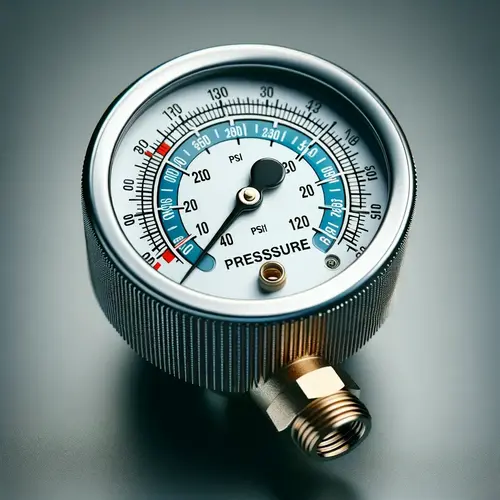Welcome to our comprehensive DIY guide on increasing water pressure from overhead tanks. Many homeowners experience the frustration of low water pressure, which can affect daily activities like showering, washing dishes, and watering the garden. This guide is designed to help you understand the mechanics behind water pressure, identify common issues, and provide practical, do-it-yourself solutions.
Understanding Water Pressure and Overhead Tanks
Water pressure in your home depends largely on your overhead water tank. The tank’s elevation uses gravity to push water through your plumbing system. The higher the tank, the greater the water pressure. However, there are several factors that can affect water pressure:
- Height of the Tank: The vertical distance between the tank and your taps is crucial. The greater this distance, the higher the potential pressure.
- Tank Capacity and Design: Larger tanks can store more water, providing a more consistent pressure.
- Pipe Diameter: The size of the pipes in your home can affect water flow. Wider pipes can increase flow and pressure.
- Blockages or Leaks: Sediment buildup, corrosion, or leaks can significantly reduce water pressure.
Understanding these factors is the first step in troubleshooting and improving your water pressure.
Tools and Equipment Needed
To tackle water pressure issues, you’ll need some basic tools and equipment:
- Pressure Gauge: This tool measures the water pressure in your pipes and is essential for diagnosing pressure issues.
- Adjustable Wrenches: These are needed for loosening and tightening pipe fittings.
- Teflon Tape: Use this to seal threaded pipe joints and prevent leaks.
- Pipe Fittings and Valves: Having a selection of these on hand is useful for making adjustments or repairs.

Step-by-Step Guide to Increase Water Pressure
Now let’s get to the practical steps. Here’s how you can increase the water pressure from your overhead tank:
- Check the Water Pressure: Attach the pressure gauge to an outdoor faucet closest to the water meter. Turn on the faucet and note the pressure reading. Ideal home water pressure is typically between 40 and 60 psi (pounds per square inch).
- Inspect the Water Tank: Check for any visible damage, leaks, or obstructions that could be impacting the water flow. Ensure that the tank is adequately elevated and that the vent is not blocked.
- Adjust the Pressure Valve: If your system has a pressure regulator, it can be adjusted to increase water pressure. This valve is usually located where the main water line enters your home.
- Clean or Replace Pipes and Filters: Over time, pipes and filters can become clogged with sediment, reducing water flow. Cleaning or replacing them can significantly improve pressure.
- Consider Adding a Booster Pump: If you’ve tried all the above steps and still have low pressure, a booster pump might be necessary. This pump increases water pressure and flow rate, providing a more consistent supply.
Frequently Asked Questions
- Q1: How do I know if my water pressure is too low? A: Signs include water trickling out of taps, poor shower performance, and slow-filling toilets.
- Q2: Can adjusting the tank’s height increase water pressure? A: Yes, raising the height of the tank can increase pressure due to gravity. However, this is often impractical and requires structural changes.
- Q3: Is it safe to increase water pressure on my own? A: For most minor adjustments and maintenance, yes. However, for complex issues or significant modifications, it’s advisable to consult a professional plumber.
My Personal Experiment
I faced a situation where the water pressure in my home was noticeably low. After using the pressure gauge, I discovered the pressure was around 30 psi, much lower than the ideal range. Here’s what I did:
- Inspection and Cleaning: I checked the tank for any issues and cleaned out sediment from filters and pipes.
- Adjusted the Pressure Regulator: This was a key step. I adjusted the regulator to increase the pressure.
- Result: The water pressure improved to a steady 55 psi, falling within the ideal range.
Conclusion
Increasing water pressure from an overhead tank is a manageable DIY project with the right tools and knowledge. Regular maintenance, such as cleaning filters and checking for leaks, is essential. However, if you’re unsure about any steps or face more complex issues, don’t hesitate to consult a professional plumber.
Hi, I’m Jana, author and interior design enthusiast. I understand that turning a house into a space that reflects you is no small feat. However, if you have the right information to start with, you can make the process much easier and simpler. That’s why I like putting together handy guides and articles on home design and decor subjects, that you might not have known you needed to learn about until you have to choose them for your home. If you want to learn about products on the living space design market in order to choose what befits your home, this is the right place for you.
